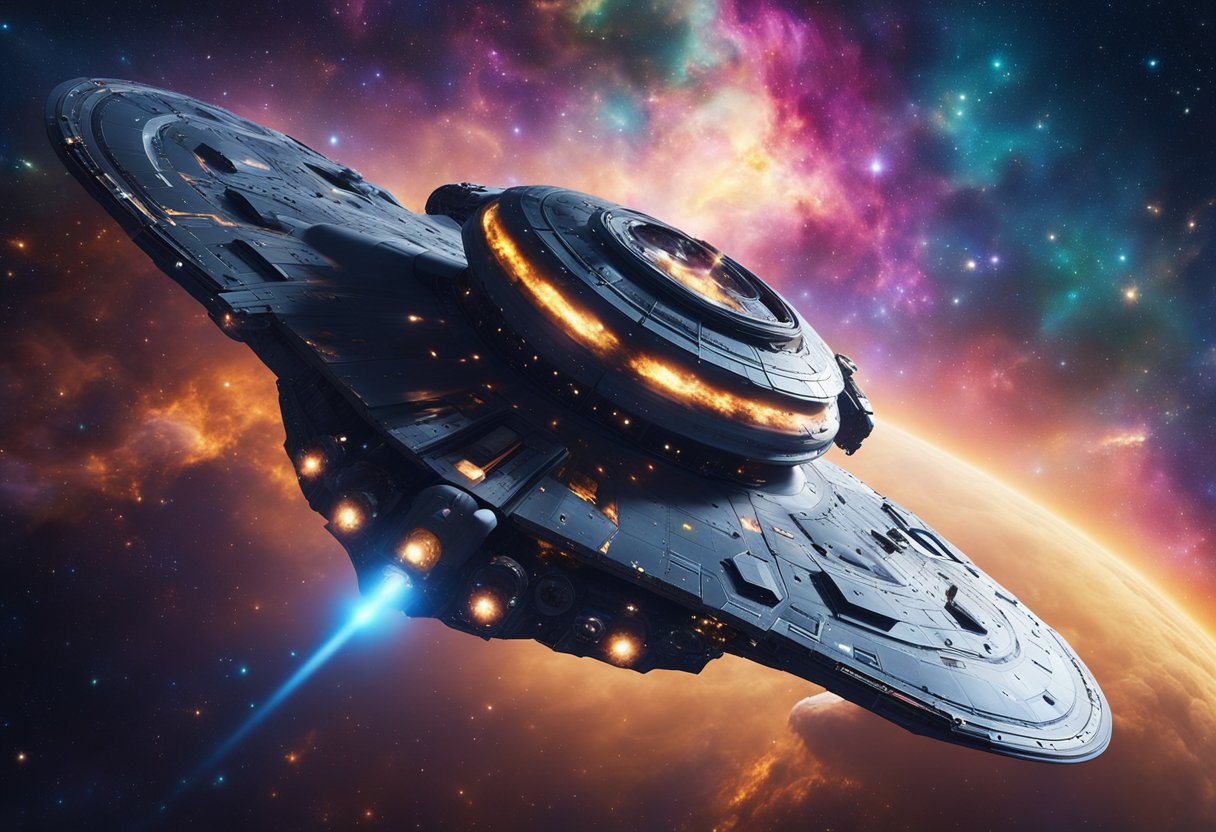
Space travel has long been the pinnacle of human aspiration and technological achievement. The allure of the cosmos has drawn us ever outward, from the groundbreaking voyage of Yuri Gagarin to the modern endeavours of private spaceflight companies. Our collective experiences in space, documented through astronaut testimonials and personal stories, provide not only an insight into the journey itself but also the profound effects of such voyages on the human psyche. These narratives illuminate the challenges, triumphs, and transformative nature of space travel and have become an essential part of our understanding of our place in the universe.
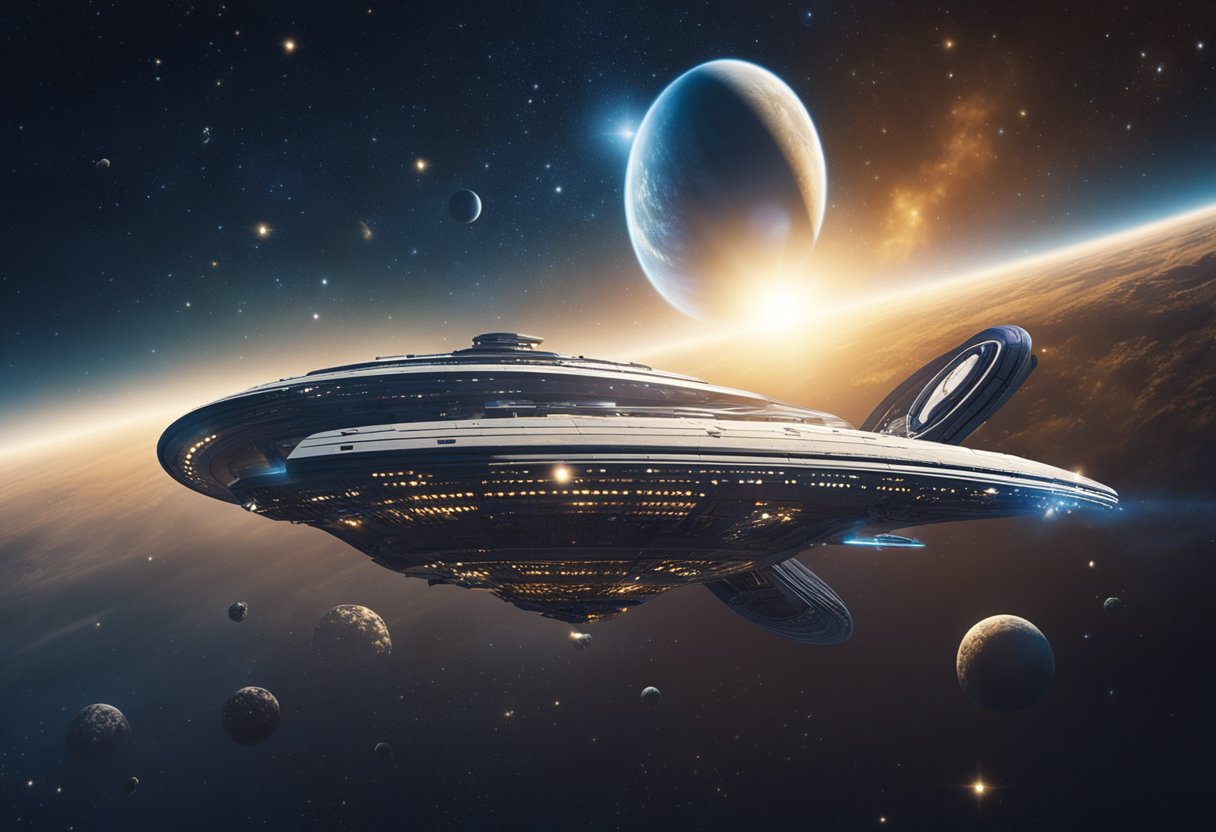
At SpaceVoyageVentures.com, we’ve taken the initiative to track the progress of space travel from its early days to present ventures and the anticipated future of interstellar tourism. Our platform serves as a repository of space journey accounts and a guide to what might soon become a not-so-distant reality for many. By delving into educational resources, celebrating the increasing diversity in space, and addressing common queries, we strive to make the concept of space travel more accessible to the public. Our commitment remains to offer a balanced view, free from embellishment, focusing on the factual and the genuinely inspiring.
In this section, we’ll explore the seminal events that heralded humanity’s venture into space, as well as the compelling narratives born from the fierce competition between nations vying to achieve dominance beyond Earth’s atmosphere.
The space age was inaugurated on 4 October 1957 when the Soviet Union successfully launched Sputnik I, the world’s first artificial satellite. Its orbit around the Earth signified the beginning of a new era in human history. Following this, both the United States and the Soviet Union embarked on a series of ambitious missions, aiming to extend their reach to the moon and beyond.
The geopolitical tensions between the United States and the Soviet Union during the Cold War fuelled the space race. This competition was as much about ideological dominance as it was about technological prowess. The personal stories of the astronauts who became heroes and icons of this era continue to capture our imagination.
As we reflect on these historic achievements, we must recognise the new horizons in space exploration. SpaceVoyageVentures.com documents the burgeoning field of space tourism, outlining both current and forthcoming ventures for intrepid civilians drawn to the lure of the cosmos.
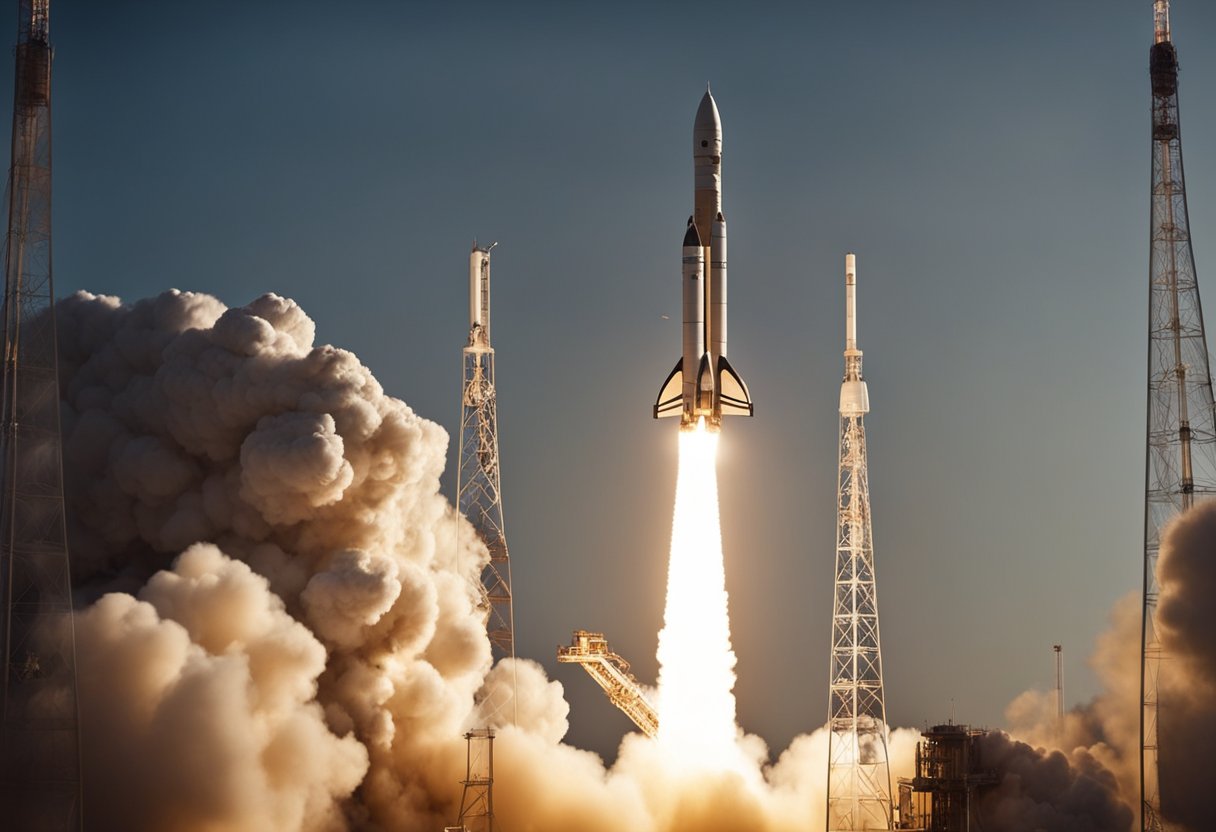
We are witnessing an unprecedented era in the journey to the cosmos, defined by private innovation and global partnerships. The current landscape of space travel is a dynamic interplay between commercial ventures and international collaborations with entities like the International Space Station (ISS) at the forefront of discovery.
Entrepreneurs such as Jeff Bezos are at the vanguard of commercial spaceflight. Bezos’ company, Blue Origin, exemplifies the private sector’s role in advancing space exploration. With their focus on reusable rockets, they aim to reduce costs and increase access to space. As we document on SpaceVoyageVentures.com, an array of space tourism options are transitioning from aspiration to reality, shaping the future where orbital vacations may soon become a staple for the adventurous.
The ISS serves as a beacon of international unity, a testament to what can be achieved when countries come together in the pursuit of knowledge and exploration. Through our collective efforts, we’ve built an outpost in the cosmos that not only facilitates scientific advancement but also fosters a global community dedicated to exploring the final frontier. Current missions involving agencies from multiple nations, including the ESA and Roscosmos, continue to champion this collaborative spirit.
As we explore the testimonials of astronauts, we uncover a spectrum of profound emotions and revelations. Our journey through their narratives unveils the richness of their experiences in orbit and on lunar missions.
Life in space presents unique challenges and joys. We understand that astronauts endure intense training to adapt to microgravity. Inside the International Space Station, every action—from sleeping to the simple act of eating—requires adjustment.
Day-to-day tasks:
Their descriptions often convey a sense of awe when viewing Earth from above, pinpointing this moment as life-changing. Through various testimonials, like those from the Washington Post, astronauts share that the unique perspective of our planet renders a blend of overwhelming beauty and a newfound appreciation for its fragility.
Emotional impact:
The courage and curiosity that propelled us to the moon paint a vivid picture of human ambition. We learn from Apollo mission astronauts about the surreal experience of transcending Earth’s bounds to walk upon the moon’s surface. They recall the dust, the silence, and the euphoria of making history, as conveyed in their personal stories.
Moonwalk reflections:
A moon mission epitomises the pinnacle of spaceflight, filling astronauts with an overwhelming mix of pride and humility. The emotions tethered to stepping on the moon resonate through their lives, as they often speak about the enduring mark it leaves on their perceptions of life and our place in the cosmos.
Sensory and emotional experiences:
In discussing spaceflight, many astronauts recount the intensity of the takeoff and the relentless training preparing them for the rigours of the mission. The journey to the moon is etched not just in their memories but in the consciousness of humanity.
The future of space travel promises to extend these experiences to more of us. With initiatives by enterprises like Space Voyage Ventures, the dream of space tourism edges closer to reality, inviting us to contemplate our own potential encounters with the vastness of space.
In the realm of space travel, AI technology serves as the linchpin for advancing navigation precision and augmenting robotic missions.
Artificial Intelligence (AI) is revolutionising space navigation, offering unmatched precision and efficiency. AI-driven systems on spacecraft can process vast arrays of spatial data, optimising routes and making real-time decisions. These systems are critical for the complex task of docking operations, where impeccable accuracy is non-negotiable. For instance, SpaceX’s AI autopilot equips the Falcon 9 rocket to conduct autonomous operations, including the intricate manoeuvres required when docking with the International Space Station.
AI is not just navigating ships; it is also powering autonomous robots for planetary exploration. These AI-enabled robots are equipped with a series of algorithms that allow them to traverse extraterrestrial terrains and analyse geological samples. One of the most noteworthy examples is NASA’s Perseverance rover, which utilises AI to chart its own course on Mars’s surface, identifying and avoiding obstacles, which is a monumental step in space exploration. Our innovative technologies are designed to adapt to the unknown, laying the foundation for future exploration and potential space tourism experiences, as envisioned by early initiatives like SpaceVoyageVentures.com.
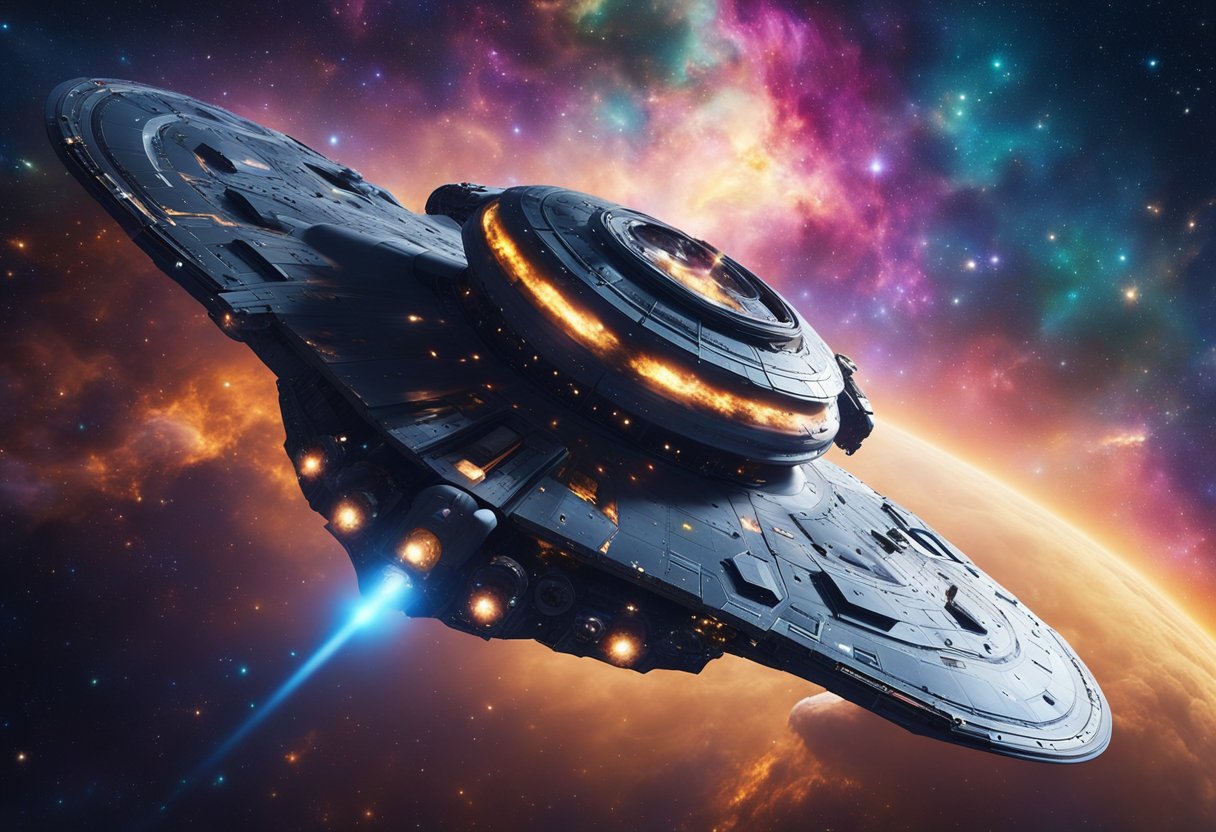
In the pursuit of understanding the cosmos, we’ve uncovered remarkable insights, from the composition of distant stars to the nuances of energy transfer in the universe. Our investigations extend from Earth itself to the unique environment of the International Space Station (ISS), fostering a significant age of discovery and technological advancement.
Over the decades, we’ve turned our gaze to the heavens to answer fundamental questions about our place in the universe. The study of stars and cosmic phenomena has revealed much about the energy that fuels them. Spectroscopy, for instance, allows us to analyse the light emitted by stars, providing information about their composition, temperature, and motion.
Through these discoveries, we come to appreciate the vastness of the cosmos and the intricate tapestry that is our universe.
The International Space Station serves as a laboratory in microgravity conditions that are impossible to replicate on Earth. Here, a myriad of experiments pertaining to various scientific disciplines takes place.
Our research on the ISS has tangible benefits, improving life on Earth while simultaneously preparing us for future space exploration. For instance, we’ve advanced our understanding of osteoporosis through studying bone density loss in astronauts, leading to better treatments for the condition.
Exploring space presents an unparalleled opportunity to advance our scientific knowledge. At SpaceVoyageVentures.com, we document the exciting prospects of space tourism. And while the stars may seem distant, we draw ever closer to turning the pages of cosmic science into an experiential journey for all.
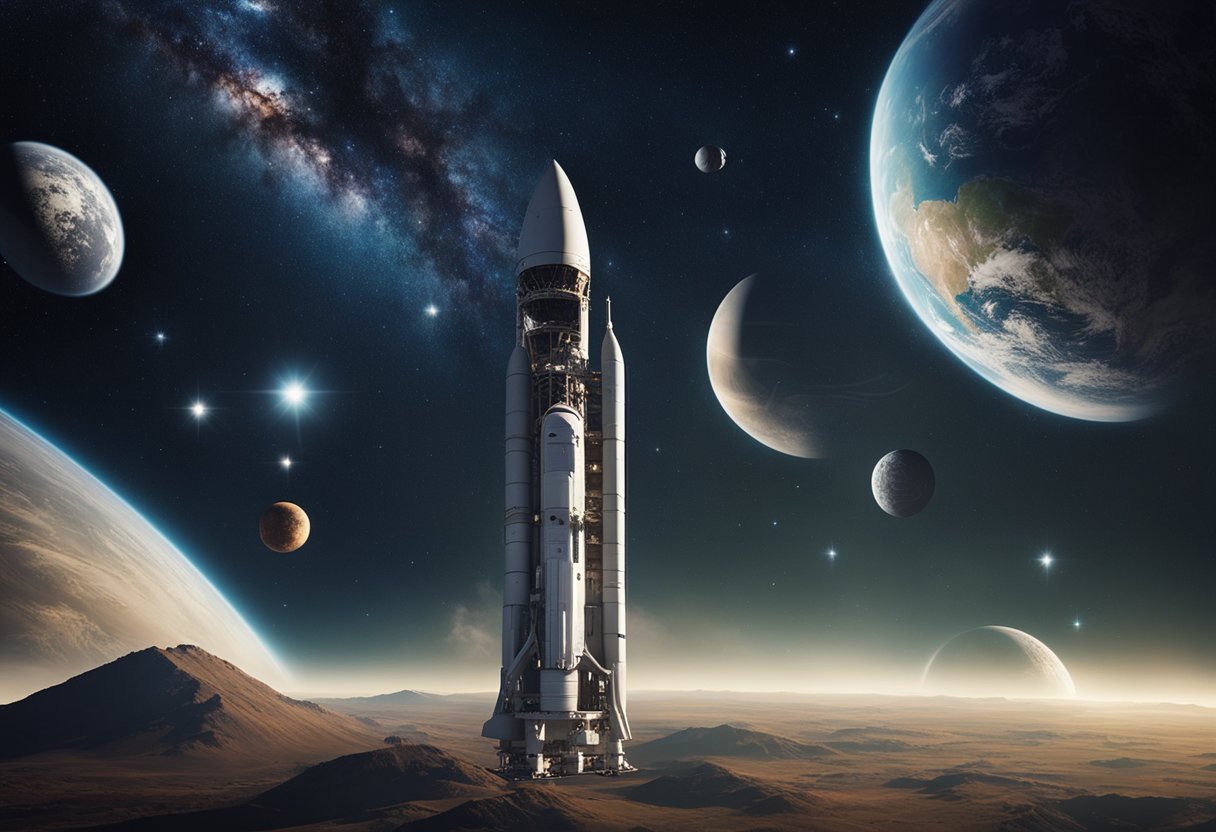
We’ve gathered compelling narratives from those who’ve experienced space firsthand. Through their personal testimonials and stories, we gain authentic insights into the extraordinary journey beyond our atmosphere.
Astronauts often share their experiences in space, detailing the unique challenges and rewards of exploring the great beyond. For instance, the heart of space travel is vividly captured in the stories from 50 astronauts who describe their life-altering experiences in their own words. These memoirs often reveal the transformative nature of spaceflight, asserting how it reshaped their perception of Earth and humanity.
With the inception of companies like SpaceVoyageVentures.com, the reality of space tourism is closer than ever. Early adventurers have recounted their space journey with a joy akin to the pioneers of aviation. Testimonials from these space tourists become powerful narratives that encapsulate the thrill of leaving Earth’s bounds and the profound realisations that follow from witnessing our planet from a distance.
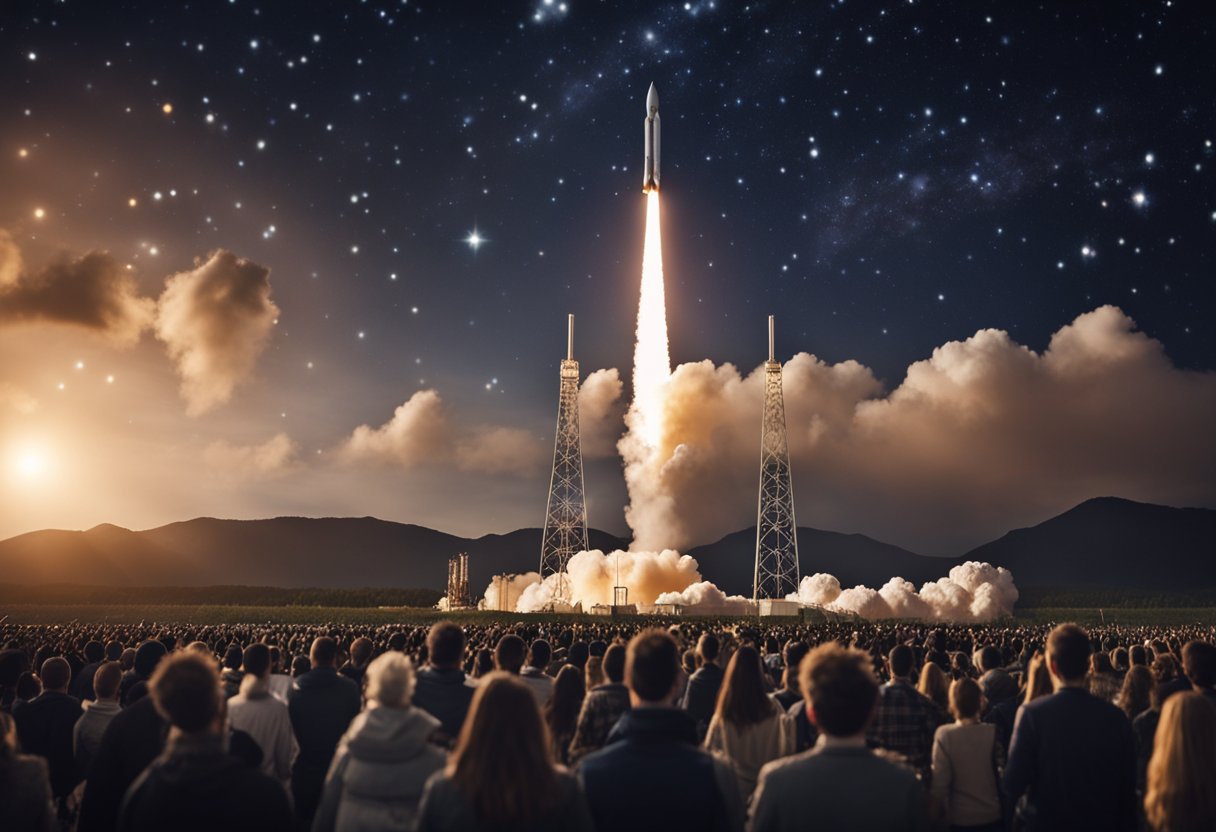
Space travel has significantly influenced culture, including media, entertainment, and education, leaving a lasting imprint on the society’s collective consciousness.
We have observed the profound impact of space exploration on media and entertainment. Films such as ‘The Martian’ and television series like ‘Star Trek’ showcase space travel’s influence, creating genres that inspire and captivate audiences worldwide. Space-themed music—perhaps jazz inspired by the cosmos—is another testament to space’s grip on our creative expression.
Authors contribute to this cultural landscape with novels that blend facts with imagination, allowing readers to explore space through compelling narrative. From Arthur C. Clarke’s ‘2001: A Space Odyssey’ to Andy Weir’s ‘The Martian’, books transport us to the stars. Websites like SpaceVoyageVentures.com document the burgeoning space tourism industry, highlighting the value of these experiences and connecting eager audiences with future off-world adventures.
Space travel has a unique power to inspire future generations. On platforms like YouTube, astronauts share their experiences and communicate the wonders of the cosmos, fostering a sense of connection that spans the globe. Educational outreach, through both hands-on science programs and online learning, leverages this curiosity, guiding young minds toward STEM fields.
We celebrate the achievements of pioneers such as Neil Armstrong, using their legacies to motivate children and young adults. Seeing astronauts from diverse backgrounds who have ventured into space emphasises that the cosmos is a domain open to all, showcasing the universal value of inclusiveness and ambition.
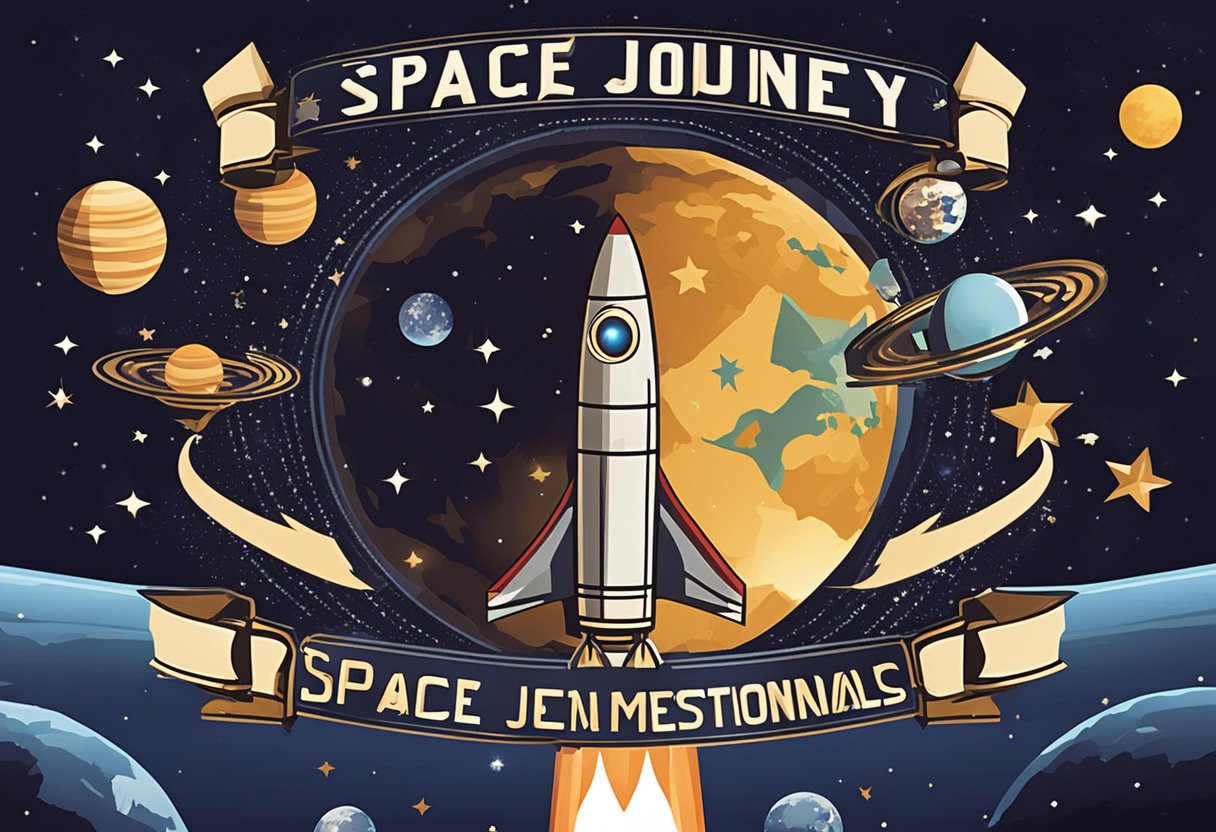
In the age where marketing seeks fresh frontiers, space has emerged as a novel domain. Brands are now venturing beyond the atmosphere to gain trust and create a standout presence.
We see companies eager to extend their branding campaigns to space, setting a new stage for marketing innovation. Launching products into orbit or featuring them against the backdrop of the cosmos offers a fresh perspective that captures attention. For instance, Estee Lauder invested a substantial sum to photograph their product aboard the International Space Station, a strategy showcasing brand prestige alongside space-faring aspirations.
We observe that aligning a brand with celebrities who have participated in space journeys can significantly amplify a campaign’s impact. As these stellar endorsements infuse campaigns with trust, companies gain a competitive edge by associating their products with the allure of space travel. SpaceVoyageVentures.com is testament to the growing trend of space experiences, where endorsements from stars could turn a fledgling tour into a sought-after adventure.

We recognise the immense value that educational resources and outreach programs contribute to expanding knowledge about space journeys. Our aim is to acquaint readers with tangible and digital avenues where they can discover more about space exploration and its educational significance.
Museums and exhibitions offer an in-person experience that is invaluable in understanding the history and future of space travel. Through curated artefacts, we can explore the progression of space technology and the individuals who paved the way for current and future voyages. Interactive displays often incorporate videos and simulations to enhance the viewer’s learning experience, making the wealth of knowledge accessible and engaging. An example of such outreach is the educational role played by space stations in promoting science and space to the public.
Online platforms have become a cornerstone in our quest for education. They provide a wealth of resources, often free, where learners of all ages can access detailed information about space journeys, including videos and interactive modules. Websites like spaceVoyageVentures.com elucidate the potential for future space tourism and document existing and upcoming opportunities for the general public to engage with space travel. Our commitment is to ensure that these platforms continue to evolve into valuable educational tools, offering current insights and future forecasts in space tourism.
Women have played a crucial role in space exploration, demonstrating the transformative value of gender diversity in this field. We recognise their contributions as drivers of change and as an inspiration for future generations to explore the stars.
Valentina Tereshkova, the first woman to travel into space, epitomised the spirit of exploration in 1963. Progress continued with Sally Ride, the first American woman in space, breaking barriers for women in the United States’ space programme. Their journeys underscored the indomitable spirit of women who ventured into the unknown and laid the groundwork for female astronauts to follow. These stories are documented on platforms like SpaceVoyageVentures.com.
We witness ongoing efforts to advance gender equality in space science and exploration. The Mars2020 mission featured outstanding women like Dr. Moogega Cooper and Dr. Vandana Verma, whose contributions underscore the value of diversity and inclusion in mission success. Women in leadership positions, such as Eileen Collins commanding the space shuttle, represent our progression towards equality, as they continue to inspire women and girls worldwide to pursue their ambitions in scientific fields.
In this section, we cover some of the most intriguing queries about space expeditions, from the astronauts’ emotional experiences to the educational aspects of space narratives for children.
Many astronauts have reported a profound sense of awe and a cognitive shift in awareness known as the ‘overview effect‘ upon seeing Earth from space. This experience often leads to increased appreciation for our planet’s fragility.
Astronauts often explain their daily life in space as a blend of routine work and extraordinary moments. From conducting scientific experiments to performing maintenance tasks, each day is rigorously scheduled, yet punctuated by breathtaking views and the novelty of microgravity.
Humanity benefits from space exploration in numerous ways, including advancements in technology, better understanding of our universe, and the potential for new resources. It also unites people across nations through a common goal of discovery and innovation.
Certainly, stories from pioneering missions like Apollo 11, which brought humans to the Moon for the first time, continue to captivate us. More recently, the Galactic Journeys platform has begun documenting the adventures of space tourists.
For children, educational tales about space such as ‘My Journey Into Space’ offer both a thrilling adventure and a chance to learn about the cosmos. These narratives aim to inspire young minds about space and science.
The reality of space travel often differs from its fictional portrayal, with a greater emphasis on the meticulous planning and risk management involved. Nonetheless, actual space voyages can sometimes be just as thrilling as their cinematic counterparts.